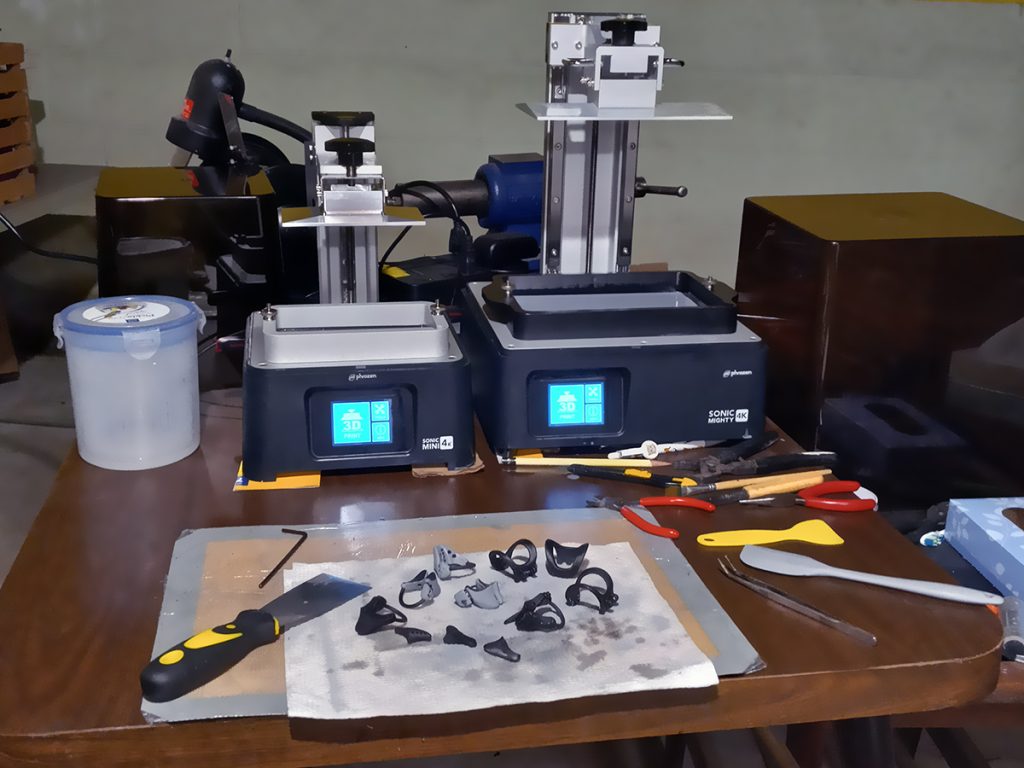The COBRA Story
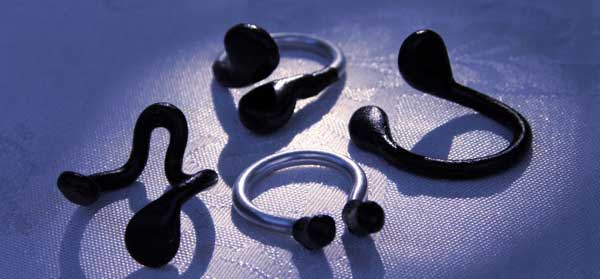
Introducing the Inventor of the Cobra
The inventor of the Cobra is Yuichi Tanabe. He was born and raised in Japan, studied Craft and Design at the Osaka Art University, and following graduation went to work for a major electronics company in Osaka.
He came to the United States where he worked for several years as a graphic designer. He then became a freelance designer and established his own company, Mistic Media.
During these years he always had a love of music and, in particular, playing the flute.
How the Cobra Began
As already mentioned, playing flute was a significant hobby. He often found that the flute slipped from his hand while playing, especially when his hands were sweaty. On several occasions he thought that tying the flute to his finger might help, but it seemed like a stupid idea so he didn’t actually do it.
Then, one hot humid day when his fingers became so sweaty that he couldn’t hold the flute at all, he sat on a chair and started to think more seriously about what to do. Seeing some string on the table he thought, “why not try it?”
So he cut a piece of string and tied it round the flute and his index finger. To his surprise this worked! Now he could easily hold the flute and play it. Of course, when he finished playing, he had to cut the string to remove it.
Then, he thought, perhaps wire would work better. So he took a piece of wire and bent it to go around his finger with the end sticking out to support the flute. Unfortunately, the wire was too hard and scratched the flute.
Finally, he tried electric wire that was coated with soft vinyl. It worked! This was the very first primitive Cobra flute support.
Development of the Cobra
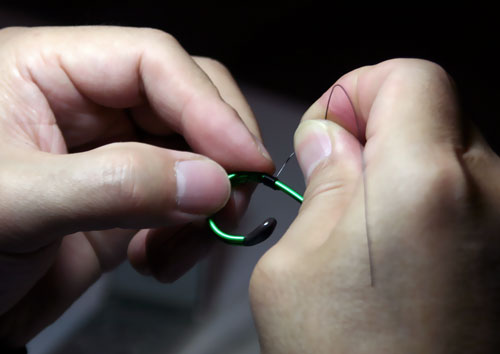
That first Cobra was made of very thick wire with thick vinyl coating, so it was quite uncomfortable on the finger.
He then spent a long time researching a better kind of wire (who knew so many different kinds of wire existed!) and finally found some that were satisfactory.
After deciding on these wires, he experimented with different shapes and created many possible styles of Cobra. Finally, the basic shape of an open ring was found to be the best. This was when he decided to call this flute support a “Cobra” – because the open ring looks like a snake with its head rearing up like a cobra.
Further Development of the Cobra
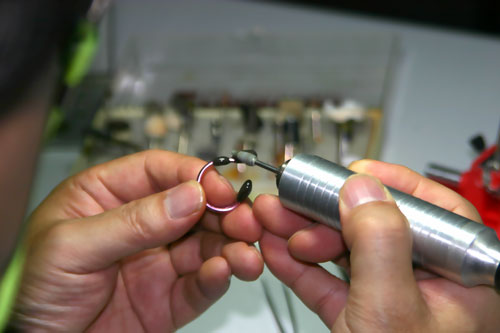
Then he asked his daughter, a high school student who played flute, to try out his wonderful invention. However, her reaction was quite disappointing – she said “No way I’m going to use such a strange ugly thing for my flute!” Actually it was ugly.
About a year later, she was studying music in college and was playing more difficult music on a professional flute. She realized that it was quite difficult to hold the flute securely and be sure it wouldn’t slip. Also she couldn’t reach one of the open hole keys very easily and had to use a plug. So she asked her father to make a Cobra that would fit her.
After measuring her finger he made a Cobra to fit, adjusting it precisely, and making it look nicer. This time she was very happy and really liked using her Cobra. Now she could hold her flute securely and reach all the keys without needing to use the plugs.
For the first time it seemed that the Cobra might be useful for other people. So he was encouraged to make Cobras that were more functional and better looking. At that point the Cobra was ready to be made available to the public.
The first Cobras presented to the public were still rather primitive and actually no-one bought them. Finally, though, the initial designed was refined and the first customer bought one!
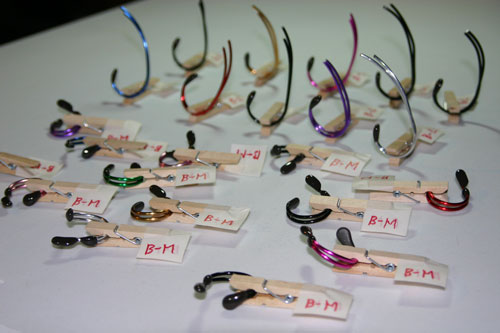
Encouraged, Yuichi developed a new style of Cobra with several important additions. These include using a double wire ring and a jointed tail. These Cobras, now called Cobra B, proved popular and we decided to apply for a patent. We received the U.S. patent (No. 8269086 B1) in September, 2012. Since then, several other versions of the Cobra, including right hand thumb rests and Cobras for alto and wood flutes, have been developed.
Now the workshop is a busy place, with many Cobras in various stages of production.
Cobras Today
Then 3D printing technology advanced and it became possible to print the heads and tails of the Cobras, first with filament and then with resin. This has added a new dimension to the workshop, but it’s certainly not any less busy!
